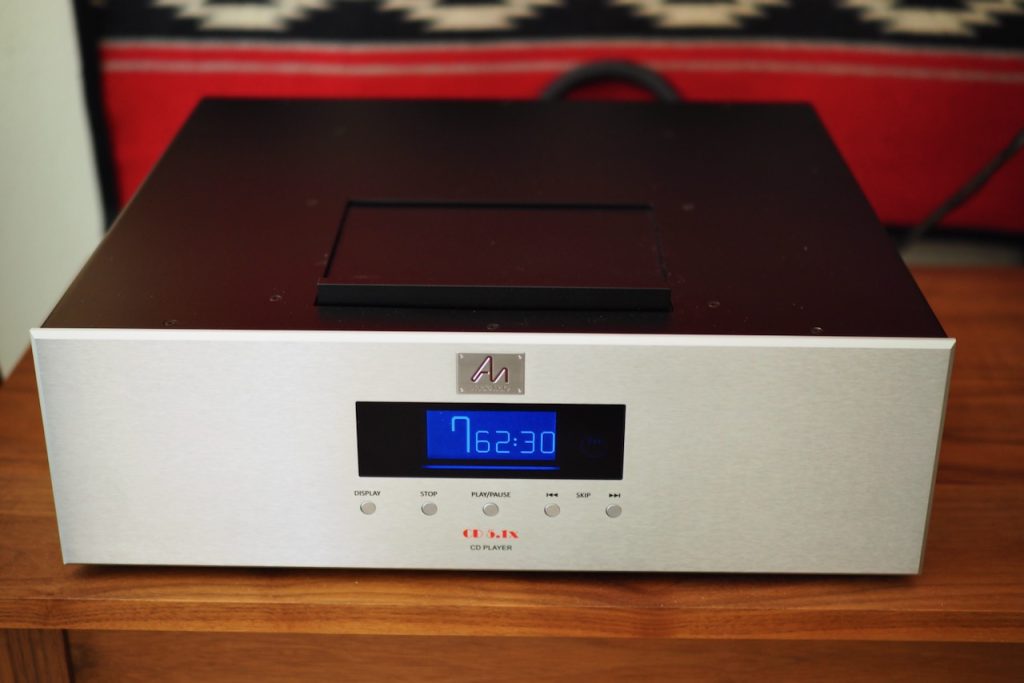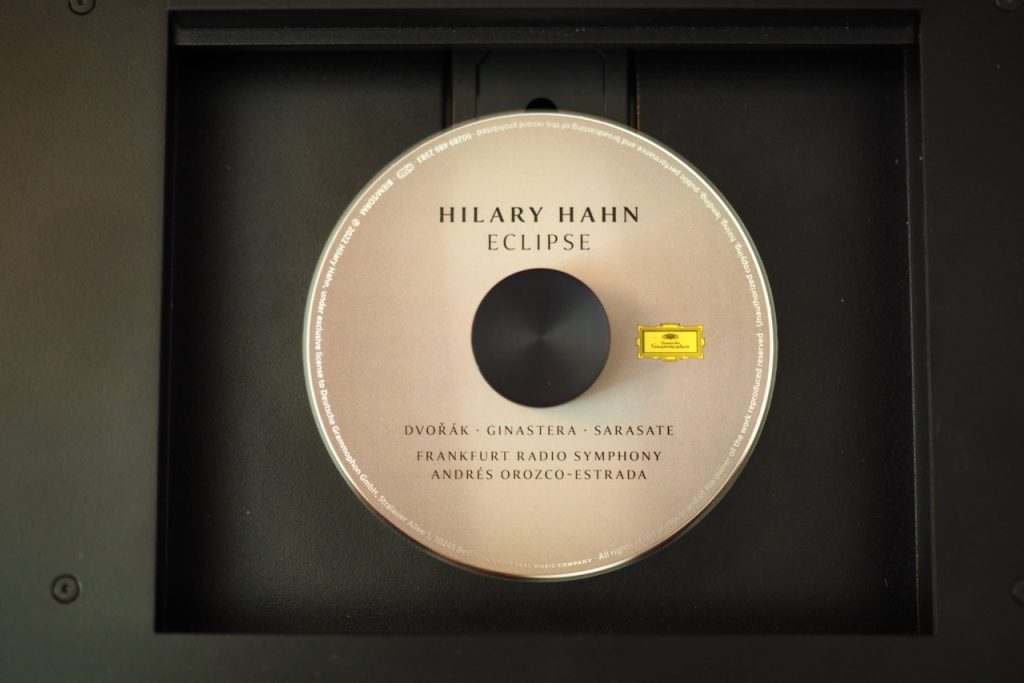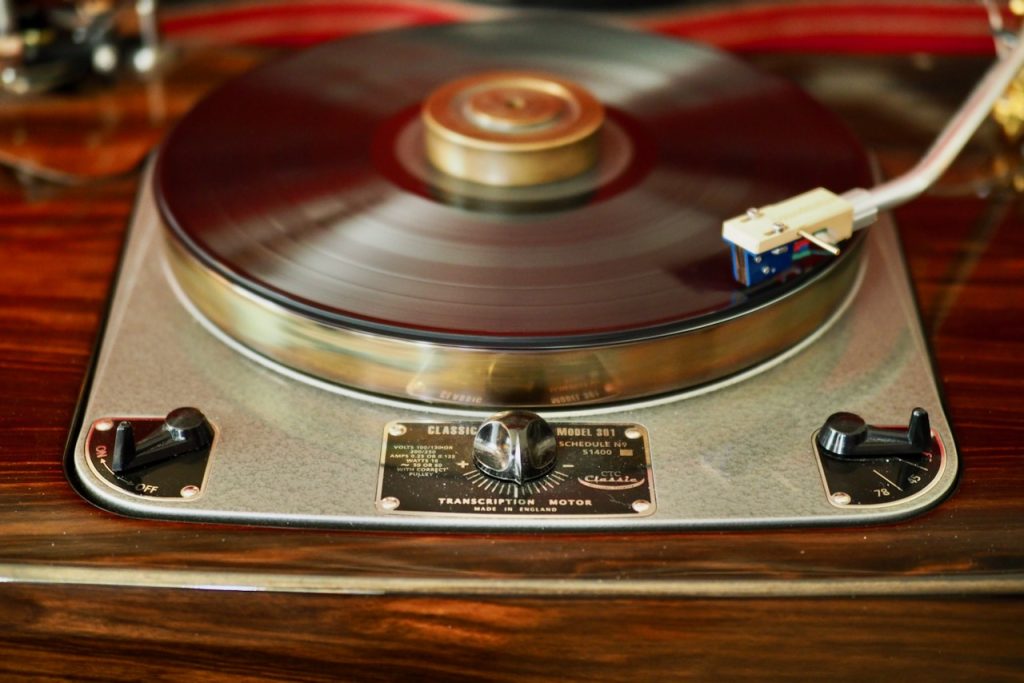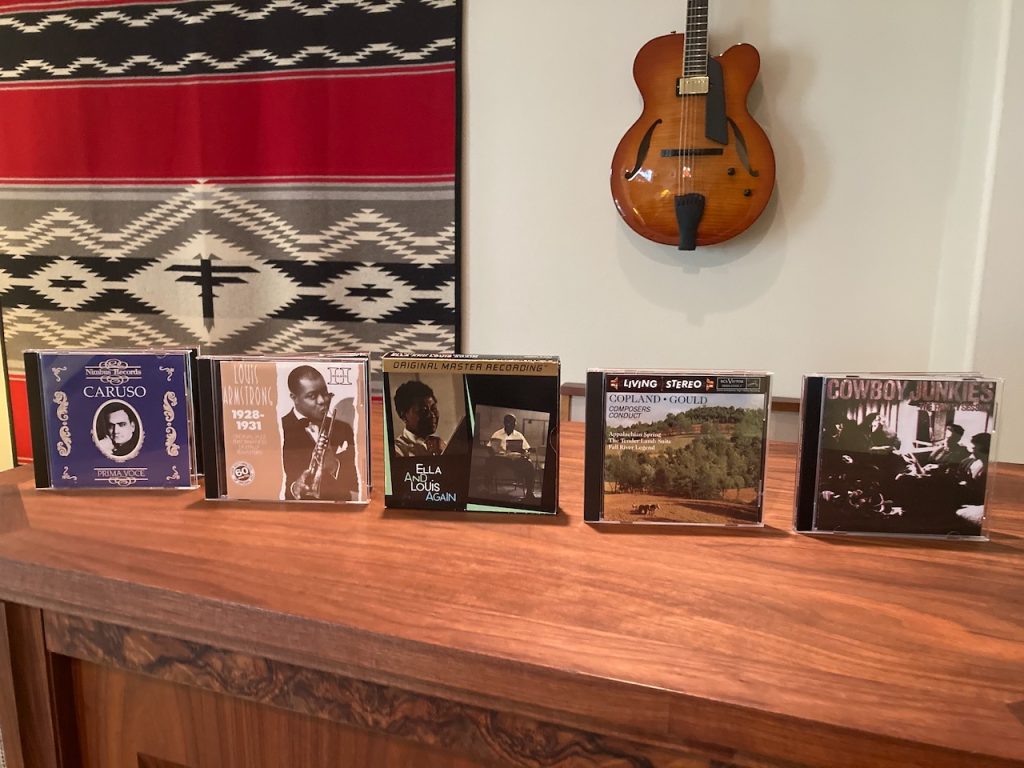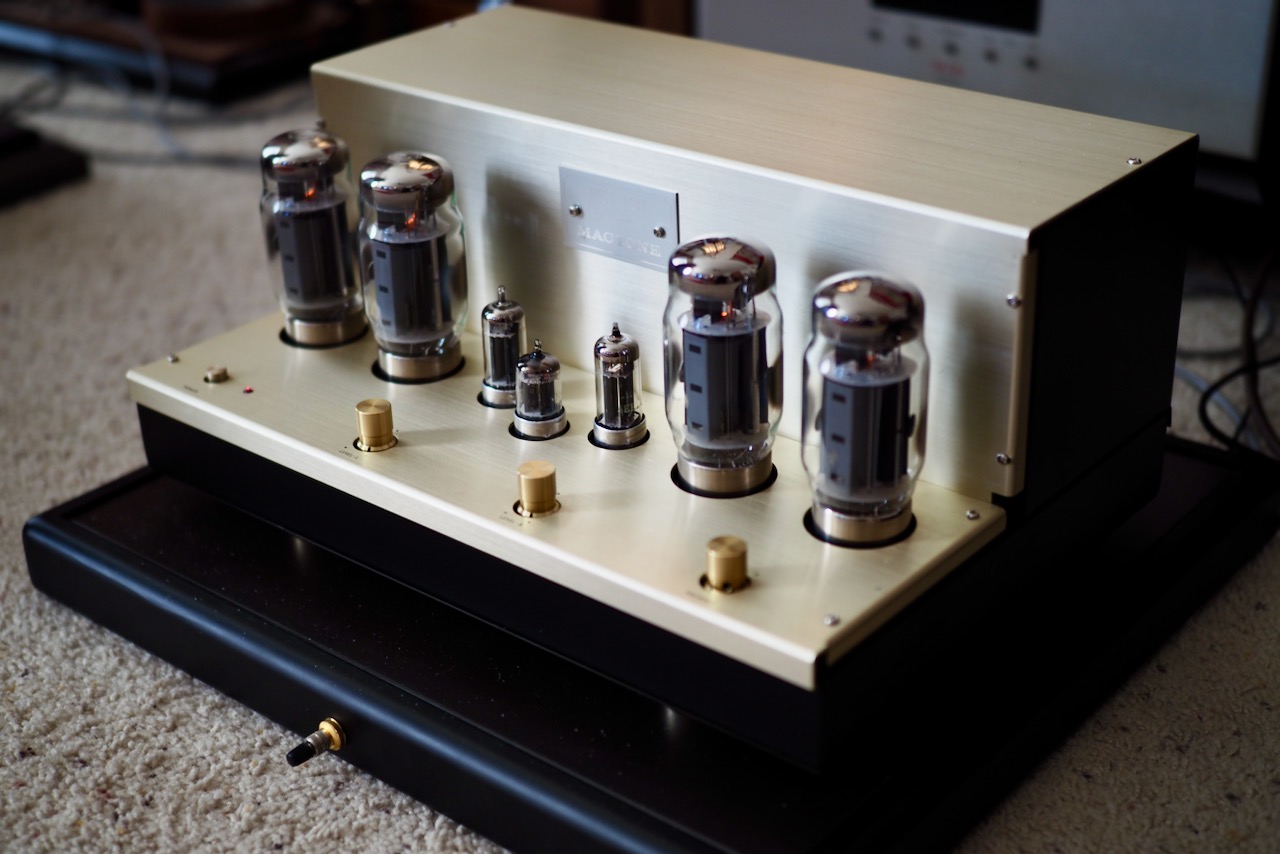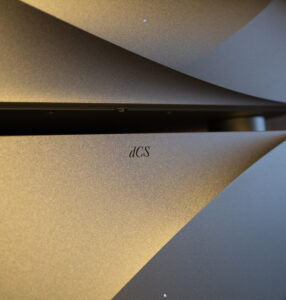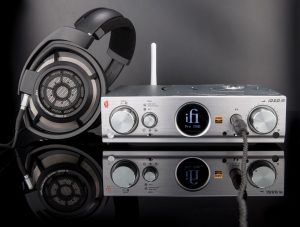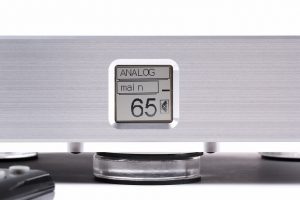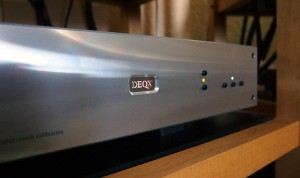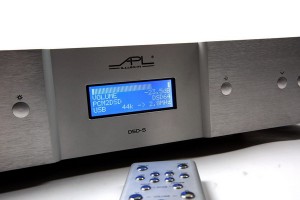Greeting friends, I hope you are doing well!
This article is about the Audio Note (UK) CD 5.1x Red Book CD player ($30,850 USD), a CD player that rewrites what kind of performance I thought was possible from CD players and the Red Book CD format.
A unicorn is a mythical creature of ancient lore: The body of a white horse with a long flowing mane and tail, a spiral horn in the middle of its forehead, and possessing magical powers like the ability to heal.
In today's parlance the 'unicorn' term is applied to "a person or thing that is rare and highly valued, or is a hypothetical ideal." (Dictionary.com)
To qualify as a unicorn, a CD player has to meet my ideals for playing back the silvery discs:
1) The best recordings of the stereo magnetic era that we audiophiles so enjoy have to play back at a level of overall fidelity that is comparable to a top-notch vinyl source playing LPs.
2) Recordings from the rest of the recording eras - acoustic, electric, monaural magnetic, and digital - have to play back with an authenticity to the fidelity of their recording eras, while still presenting the recordings at their considerable best in terms of musical fidelity and emotional engagement.
The Audio Note (UK) CD 5.1x is that unicorn CD player that I've been dreaming about finding, but didn't think really existed, until now.
Red Book CD Apologetics
It turns out the major limitation of CDs isn't the CD format itself, like I once believed, but rather the playback equipment.
Its no secret that the Audio Note (UK) Red Book CD players have challenged my perceptions of what a digital audio reality sounds like, with their analog-like presentation, superb musicality, and exemplary sound quality from Red Book CDs.
Is digital superior to analog? Yes and no. Is analog superior to digital? Yes and no.
Classical music lovers—like the late and great J. Gordon Holt of Stereophile fame—might prefer CDs for their 90 dB dynamic range (vinyl is 55 to 70dB), which means less dynamic compression (and the possibility for none), and their up to 80 minute playing time, which potentially enables listening to a full concert uninterrupted (where vinyl is an interrupted listening session over multiple LP sides).
There is also less surface noise from CDs than vinyl, and they don't develop audible signs of wear after repeated playing like vinyl does. A CD collection also takes up less space than a vinyl collection, so you can get a bigger music library into the same amount of space.
Vinyl aficionados will point out that the frequency range of vinyl is potentially 7 Hz to 50kHz (but more likely the lower end is 20 to 30Hz), and while theoretically vinyl high-frequencies handily exceeds that of CD (CDs top out at 22.5kHz), in reality most phono cartridges poop out around 17-18kHz.
That theoretical extended bandwidth of vinyl could potentially deliver more openness, more spaciousness, and more soundstage depth than CDs, but the reality is that a first rate CD player like the CD 5.1x can deliver more bandwidth from CDs in more audio systems than most vinyl sources can.
Recording engineers are saying that for recording purposes, the signal that goes from the microphone to the recorder, and the signal you get back from the recorder, is more accurate for digital than it is for analog.
They also say today's best digital transfers from analog master tapes are indistinguishable from each other in sound quality. They also say that masters transferred to CDs are much closer to the original master recordings than those transferred to LPs, which will typically require more dynamic compression.
Personally, I enjoy both digital and analog formats, and I have large collections of both. When each type of format is optimized during mastering specifically for a CD, or a vinyl record, you can bring the strengths of each type of media to the software, with the end result being that they are both very, very, high-fidelity, but perhaps just in slightly different ways.
It turns out that both vinyl and CD playback components have evolved to a point where they can offer very high-fidelity presentations from recorded music, and I am really enjoying listening to both formats.
Early CDs sounded pretty bad compared to the best magnetic era vinyl records, which drove us audiophiles crazy.
There's two primary reasons for that, with one being that a master tape optimized for vinyl isn't optimum for the CD format. If you just transfer that optimized for vinyl master recording to CD it might not sound so good.
That's one of the reasons why you see so many remastered albums these days, as those original session recordings likely needed to be optimized differently during the mastering process for CDs and vinyl. It took a while for audio engineers to get all of that sorted out.
If you transfer a recording mastered for use on CD that takes advantage of its wider dynamic range, it's probably not going to work on vinyl, where it will need more dynamic compression.
Then there's a second major reason for early CDs sounding worse than the best vinyl records, and in my opinion probably the biggest reason: The design of early CD players weren't really able to extract the musical content from CDs very successfully, so they sounded visuospatially flat, sterile, brittle, and just generally unpleasant in comparison to the best in vinyl playback.
That's all changed with excellent Red Book CD players like those from Audio Note (UK), which are CD players that can rival the vinyl listening experience with their analog-like presentation, superb musicality, and exemplary sound quality.
But that's only part of the Audio Note (UK) CD players allure for me, as where they really seduced me was by opening up the ability to listen to recorded musical performances from all the periods of our recorded music canon with just one source component.
No longer is there a need to have multiple source setups to play acoustic & electric era recordings, with their myriad equalization requirements necessary to hear them at their considerable best, or to have dedicated monaural and stereo moving-coil cartridges, tonearms, and phono stages optimized for the playback of magnetic era recordings on vinyl.
Which by the way, with top notch kit, all of that adds up to more than even the lofty price of the CD 5.1x ($30,850 USD).




